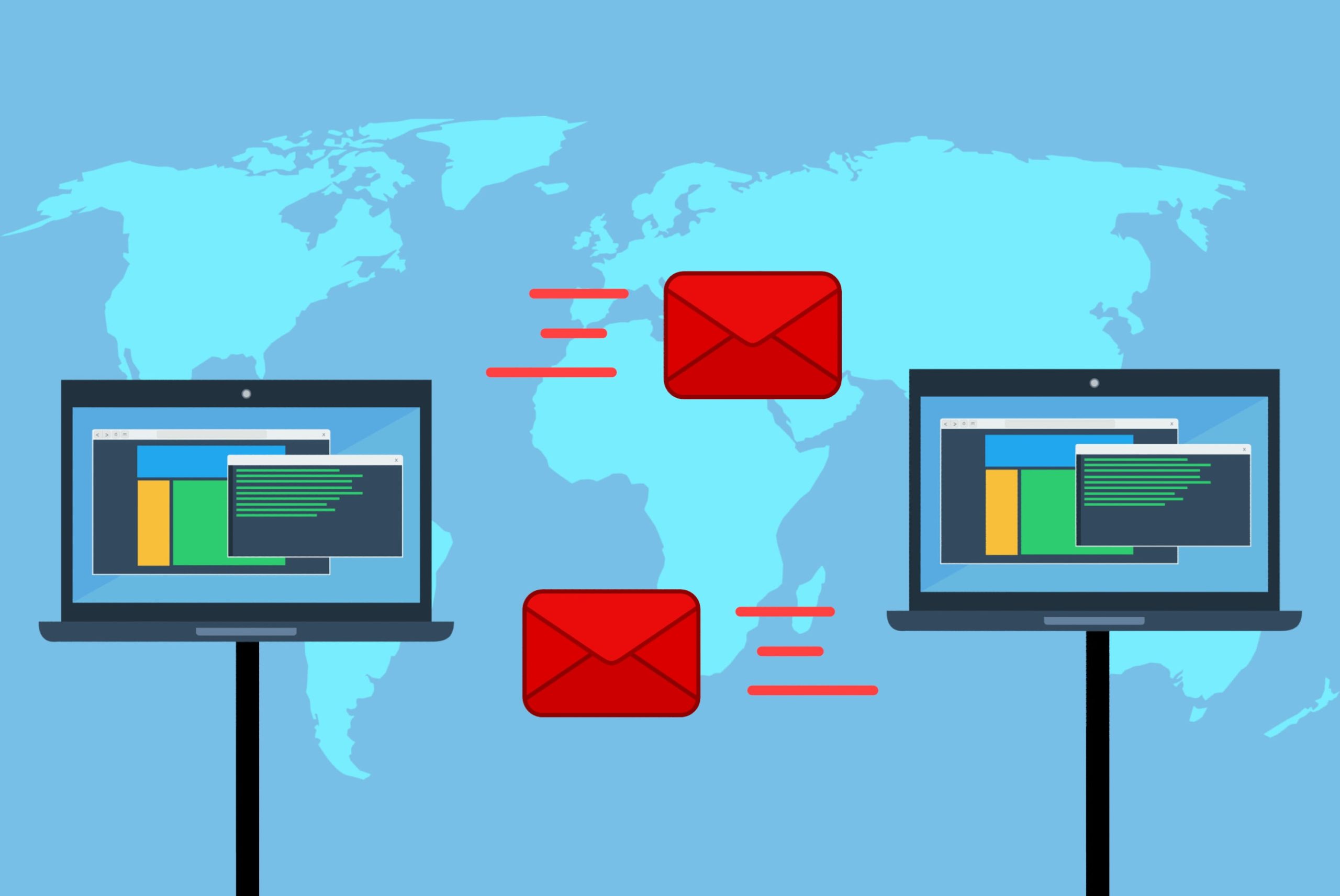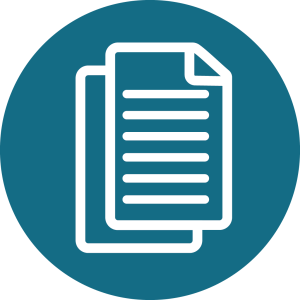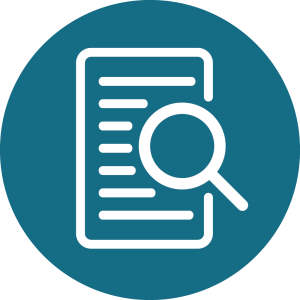11.6 Sales Enablement

As new-age technologies dominate the business landscape across industries, maintaining competitive agility is becoming an indispensable business need. The ‘digital age’ is triggering a disruption of traditional business operations and instituting new growth strategies and organizational processes. More companies are transforming the way they sell and are realizing the evolving consumption patterns for both B2C and B2B market segments. Emerging technologies such as artificial intelligence (AI), natural language processing, machine learning, virtual reality, and automation solutions such as chatbots are increasingly finding applications in sales.
However, as sales practices undergo this tech-upgrade, finding industry-ready talent is becoming more challenging, with a wide gap between the available and the required skill set. If teams cannot effectively use or interpret the new-age sales platforms, any investment in these technologies will be a waste. An estimate on the loss of productivity due to the absence of required attention to training and other learning initiatives globally amounts to nearly $7 trillion annually. Therefore, upskilling the workforce for efficient sales enablement is a necessity for organizations, and through regular training initiatives, they can ensure that their sales squad remains relevant. This will ensure that they are equipped to adapt to market upheavals and technological advancements.
Enabling the Salesperson of Tomorrow
Salespeople play a crucial role in driving the economy globally. In the evolving digital scenario, where tech-powered sales enablement strategies are redefining the seller’s journey, they require familiarity with the latest tools for remaining relevant. Sales enablement is the iterative process of providing your business’s sales team with the resources they need to close more deals (Hubspot, 2023). It is an approach your business takes to provide sales with the resources they need to effectively sell. With the ongoing adoption of leading-edge tools by almost every market player companies need to continuously update their salespeople about the advancements at each step of the journey, or they will be left behind.
Sellers are using intelligent database systems powered by AI for identifying new customers and deepening their market penetration. Advanced data analytics and predictive modelling are becoming the critical sources for prioritizing probable buyers. Similarly, businesses are migrating towards smart CRM tools and marketing process automation for quicker prospect outreach and better-qualified leads. Contrary to the widespread assumption of automation taking away jobs, data-driven, automated processes are making quicker sales; thereby, enabling the salesperson to optimize time as well as prioritize work effectively. Therefore, familiarizing employees with digital tools and coaching them with the right knowledge is necessary for an organization’s sales units to make themselves future-ready.
Training
While training holds the key to future-ready sales employees, it is crucial to choose the right training design and program. IDEA (Induct, Develop, Enable, and Assess) is an approach that encompasses the entire training process. It begins with the ‘induct’ phase that involves an overview analysis of business functions to be trained and identification of skill gaps and other factors such as location, medium, duration, and accessibility. The information so obtained can go into the next phase, i.e., ‘develop’ to establish the appropriate training structure and aligning it with critical organizational objectives.
The ‘enable’ phase facilitates activities as per the design of training delivery. And lastly, the ‘assess’ phase offers a thorough evaluation of the training program to determine top learning and make any improvements required. Given its application, it can safely be considered a virtuous cycle aimed towards sustaining workforce development in the face of technology disruption, diversity of the company’s operations, or even manpower churn.
Besides a well-developed strategy, it is essential to realize that the main objective of training should not be to merely conduct an upskilling session for employees. The focus should instead be on establishing a sustainable practice that continuously shifts along with the changing requirements and the latest market trends. Furthermore, apart from equipping them with the know-how of the latest sales tools, these programs should hone the analytical abilities of the learners to leverage data-driven reports and draw actionable insights.
In the technology-driven age and amidst automated customer interaction platforms, training programs must not only realize the relevance of the ‘human voice’ but also coach salespeople to develop their soft skills and have more personal customer conversations. In fact, while about 65 percent of employees admit the positive influence of quality training programs on their engagements, companies are found to achieve 73 percent quota attainment through consistent coaching practices, according to CSO Insights. These efforts can help organizations build the qualities of multitasking, dynamism, and the culture of staying relevant in their sales brigade.
Education
To solve the conundrum faced due to unprecedented market changes, the education system will need to be updated to account for the varying skill requirements and upcoming trends. Establishing a flexible and innovative curriculum in academic institutes and conjoining them with vocational courses and R&D centres targeted at training the workforce to be ‘industry-ready’ will also be imperative to generate future-ready salespeople.
With the coming together of government functionaries, industry experts, and leading researchers around the globe, it is possible to identify and frame solutions for most prominent learning needs of people, hence adapting future sales teams to technologies that will likely emerge. Such integrated efforts will not just develop teams that can deliver results even in the fast-paced and constantly evolving sales environment, but also seed a growth mindset for constant upskilling and reskilling of salespeople to keep them geared for tomorrow.
Thus, training the sales team and equipping them with the skills needed to thrive in the future is imperative to achieving sustained success. Organizations must prioritize the need to upskill their workforce and incentivize learning to ensure that the learning journeys are engaging, fun and challenging.
Five Important Elements of a Sales Enablement Strategy
1. Create Content to Support Sales Engagement
Unfortunately, you’re likely not the only company in the world that offers a solution like yours. Depending on your niche, there could be dozens – or even hundreds – of other brands targeting the same audience with a solution that’s at least somewhat similar.
That leaves you with two options:
- Force your sales team to explain all the overlapping features and key differences between you and your competitors every time they speak to a prospect.
- Create content assets that do all the heavy lifting for them.
Sales Enablement: Three Popular and Effective Formats
Sales enablement content can take many different forms, but here are three of the most popular and effective formats:
 Case Studies
Case Studies
Naturally, your prospects want to understand if your solution is a good fit for them—if it does all the things they need it to and has a track record of delivering results for similar businesses. Case studies will help you to set their minds at ease. This type of content should set out the specific problems facing a client, then explain exactly how your product helped them, plus the specific results they achieved after teaming up with you.
 Comparison Pages
Comparison Pages
Once they’ve progressed beyond the awareness stage of the sales funnel, your prospect will have a clear idea of the solution they need. Now, they’re going to compile a shortlist of solutions that fit the mould and compare them to one another.
 Explainers
Explainers
An explainer could be anything from a sales proposal, to a webinar, to an ebook. The format itself isn’t the most important thing—what matters is that it helps your prospects answer a question or resolve a problem they’re facing.
If you can do that effectively while positioning your brand and product within the narrative, all the better.
2. Invest in Sales Training
Sales training and sales enablement are often referred to in the same sentence (like this one), but they aren’t synonymous.
Sales Training is an important piece in the enablement puzzle, alongside coaching and content creation. In other words, you can’t do sales enablement well without a quality training program in place.
The first step in levelling up your sales training is to assess your existing training materials.
Assess Your Existing Training Materials
At this point, you need to understand three things:
- Are your training materials consistent? Do they offer conflicting advice or recommend different processes? For your training to be effective, it’s important that all your collateral is on message.
- Are they relevant to your team’s skill profile? If your team is predominantly made up of inexperienced, entry-level reps, don’t expect them to benefit from sales materials aimed at senior sales management who’ve been on the job for years.
- Are they broad enough in scope? By which I mean, does your existing training content address all the challenges your sales team faces? Or are there key issues that aren’t covered by your current curriculum?
Having carried out your review, you should have a clear picture of what – if any – new sales training content you need to develop. Does your team consistently struggle with sales prospecting or sales closing techniques? If so, it’s time to create some new resources.
One final point on this: don’t forget to ask your salespeople if there are new areas or topics they’d like to see covered within your training program.
3. Build an Effective Sales Tech Stack
Between 2017 and 2019, the adoption of sales enablement technology increased by 567%. It’s likely risen even higher since then because having the right tech in place is absolutely crucial to getting sales enablement right.
Broadly speaking, sales enablement technology falls into one (or more) of the following categories:
- Coaching
- Customer relationship management
- Learning management systems
- Learning reinforcement
- Sales asset management
- Sales engagement
- Sales productivity
- Sales readiness
- Miscellaneous
However, getting your sales enablement tech stack right isn’t just about finding products that cover each of those categories. Some may not be immediately relevant to your needs; others may need more than one type of tool to fulfill your requirements.
Before committing to any purchases, be sure to complete these three steps:
- Identify any gaps in your current stack
- Separate essentials from “nice to haves”
- Shortlist and compare all your options
4. Adopt a Cross-Functional Approach
Sales enablement isn’t just the responsibility of the sales leader.
After all, everyone in your company has a vested interest in your team achieving its goals. If the productivity level is not right and doesn’t hit your revenue targets, they won’t be able to hire new staff, invest in new tools, or hand out pay rises to top performers.
As such, you should identify instances when you’ll need support from other departments to deliver effective sales enablement. For instance:
- Need to improve your onboarding process? Speak to HR.
- Got questions about some of the complex terminology in your contracts? Your legal team can help.
- Receiving a lot of negative customer feedback on one specific part of your solution? Speak to your product development team.
It’s your job as a sales leader to ensure your team can quickly and efficiently find the answers and information they need from people in different areas of the business.
5. Document Your Sales Enablement Plan
The final step in building or revamping your sales enablement plan is to write it down. This might seem unimportant, but a documented plan has numerous benefits, including:
- Transparency: Sales reps know what’s covered by the sales enablement plan, while other stakeholders across the business understand the part they need to play.
- Clarity: By spelling out everyone’s responsibilities, processes can be defined to ensure all elements of the plan can be delivered effectively.
- Consistency: Your sales engagement plan should apply to every rep within your organization, from their first day in the job, to the coaching and training they receive along the way. As such, it’s crucial that everyone receives a consistent standard of support.
Lessons
When the goals of your sales enablement plan have been defined, and all responsibilities have been outlined and written down, everyone involved in the process should be completely clear on the role they need to play to help your organization achieve its sales goals.
“How to future-proof your sales teams” by Sunil Munshi People Matters is licensed under a Creative Commons Attribution-NonCommercial-ShareAlike 4.0 International License, except where otherwise noted.
“5 Important Elements of a Killer Sales Enablement Strategy” by Angelina Harper Management Exchange is licensed under a Creative Commons Attribution-NonCommercial-ShareAlike 4.0 International License, except where otherwise noted.

